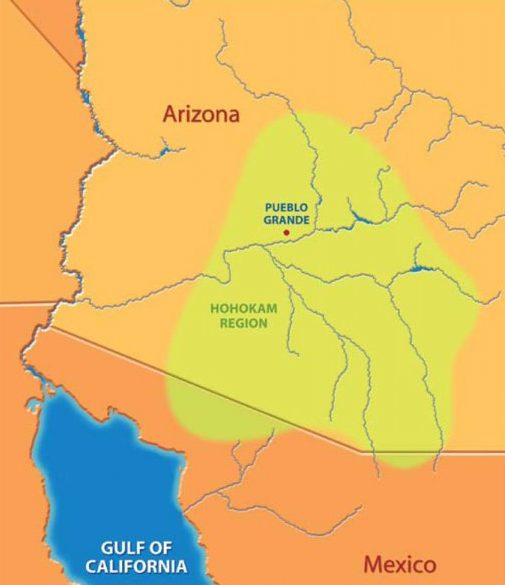

7.1 Archaeological sites and hydraulic engineering projects referred to in Chapter 7.6.2 The long-distance aqueduct from Vize to Constantinople, showing location of the Kurṣunlugerme aqueduct bridge (after Crow et al.5.1 Nabataean settlements referred to in Chapter 5.4.4 Eupalinos’ tunnel on the Island of Samos (after Apostol 2004).4.3 The original course of the Manessi River, its new course during the Late Mycenaean period around the northern side of Tiryns, and the Mycenaean dam and canal built to divert the river (after Zangger 1994).4.2 The Bronze Age settlement of Myrtos–Pyrgos, Crete, showing location of the two cisterns (after Cadogan 2007).4.1 Map of Greece showing archaeological sites referred to in Chapter 4.3.2 Hypothetical layout of an agricultural complex in Southern Mesopotamia (after Postgate 1994).3.1 Archaeological sites and locations referred to in Chapter 3.2.4 Schematic diagram of the water storage system at Bronze Age Jawa (after Whitehead et al.2.3 Section through the Neolithic well at Sha’ar Hagolan, Jordan Valley, Israel (after Garfinkel et al.2.2 The Neolithic barrage at Wadi Abu Tulayha, Jafr Basin (after Fujii 2007a).2.1 Map of the Levant showing archaeological sites and localities referred to in the text.1.1 Societies of the ancient world visited within this book.An unquenched thirst: For water and for knowledge of the past

Water poetry in the Sacred Valley: Hydraulic engineering by the Incas, AD 1200–1572 Life and death of the water lily monster: Water and the rise and fall of Mayan civilisation, 2000 BC–AD 1000 Almost a civilisation: Hohokam irrigation in the American South-West, AD 1–1450 The hydraulic city: Water management by the kings of Angkor, AD 802–1327 A million men with teaspoons: Hydraulic engineering in Ancient China, 900 BC–AD 907 Building rivers and taking baths: Rome and Constantinople, 400 BC–AD 800 A watery paradise in Petra: The Nabataeans, masters of the desert, 300 BC–AD 106 ‘Water is the best thing of all’-Pindar of Thebes, 476 BC: Water management by the Minoans, Mycenaeans, and Ancient Greeks, 1800–146 BC ‘The black fields became white/the broad plain was choked with salt’: Water management and the rise and fall of Sumerian civilisation, 5000–1600 BC The water revolution: The origins of water management in the Levant, 1.5 million years ago to 700 BC Thirst: For knowledge of the past and lessons for the future


 0 kommentar(er)
0 kommentar(er)
